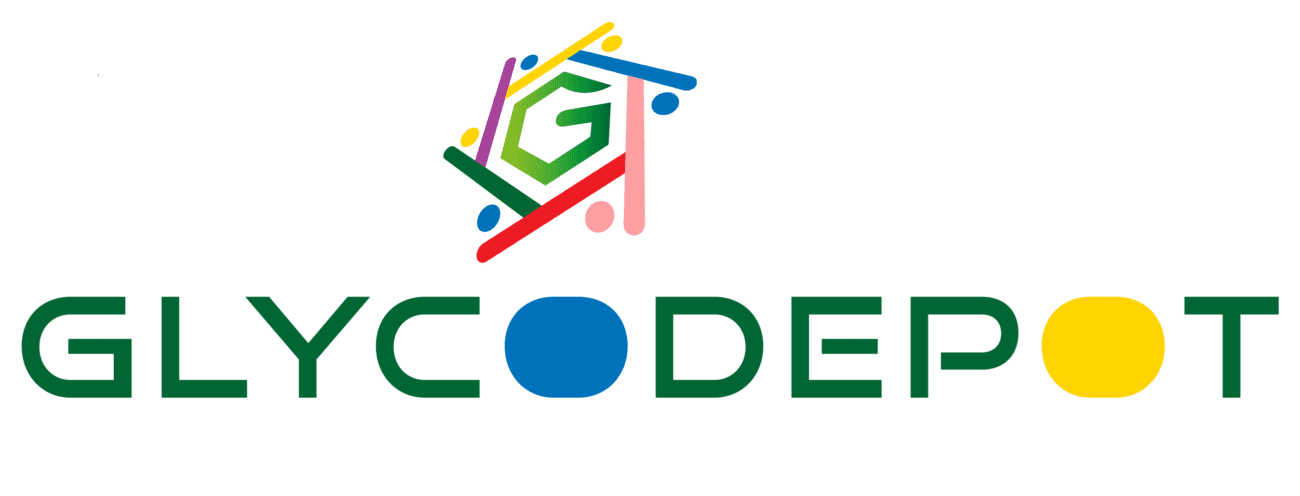Methyl 2,3,4-tri-O-acetyl-β-D-glucopyranuronosyl azide is a synthetic derivative of β-D-glucopyranuronic acid modified with a methyl ester and protected at positions 2, 3, and 4 by acetyl groups. The molecule features an azide group attached to the C1 position, replacing the typical hydroxyl group, facilitating its use as a glycosyl donor in click chemistry and oligosaccharide synthesis. It appears as a white powder with a molecular formula of C14H21N3O8 and a molecular weight of approximately 375.34 g/mol. Synthesized via the acetylation of glucuronic acid derivatives followed by azide substitution at the anomeric position, it is purified through chromatography to attain ≥95% purity. Confirmed by NMR spectroscopy, mass spectrometry, and chromatography, the compound exhibits minimal microbial contamination. Storage in sealed containers at 2–8 °C, protected from moisture and light, ensures stability for 1–2 years. Its applications include building blocks for glycosaminoglycan modeling, click chemistry for bioconjugation, enzyme substrate design, and glycan microarray development.
IUPAC Name
- Methyl 2,3,4-tri-O-acetyl-β-D-glucopyranuronosyl azide
Appearance
- White powder or crystalline solid
Source
- Derived through acetylation of glucuronic acid derivatives, followed by nucleophilic substitution to introduce azide at the anomeric position, and purification via chromatography under inert conditions
Molecular Weight and Structure
- Molecular Formula: C14H21N3O8
- Molecular Weight: approximately 375.34 g/mol
- Structure: β-D-glucopyranuronic acid with acetyl groups at 2, 3, and 4 positions; azide attached at C1 in α-configuration
Sugar Specificity
- Stereochemically consistent with β-D-glucuronoside
- Suitable as a glycosyl donor in click-mediated glycosylation reactions and functional glycan assembly
Biological Activity
- Not inherently active biologically outside of synthetic applications
- Acts as a bioorthogonal handle for click chemistry, enabling conjugation to biomolecules and surfaces
Purity and Microbial Contamination
- Purity typically exceeds 95%, confirmed by NMR, MS, and HPLC
- Chemically synthesized, thus microbial contamination is minimal or nonexistent
Identity and Quality Control
- Verified by 1H and 13C NMR, HRMS, and chromatographic purity profiles
- Comes with Certificates of Analysis (COA) and Safety Data Sheets (SDS)
- Melting point and optical rotation serve as batch validation benchmarks
Shelf Life and Storage
- Store in airtight, moisture-free containers at 2–8 °C
- Protect from light and humidity to preserve chemical integrity
- Shelf life of 1–2 years under proper storage
Application
- Building block for glycosaminoglycan and glycan array synthesis
- Tool compound for click chemistry-based bioconjugation and molecular imaging
- Enzymatic substrate analog in glycosyltransferase studies
- Facilitates surface immobilization of glycans for biosensor development
Key Characteristics
- Protected glucuronic acid derivative with azide at the reducing end
- CAS no.: 1636748-29-5
- Molecular weight: approximately 375.34 g/mol
- White crystalline powder, high purity and stability
- Suitable for click chemistry and glycan synthesis
- Analytically characterized for quality assurance
- Long shelf life under optimal storage conditions
Citations
- Sigma-Aldrich product overview
- PubChem database entry
- ChemicalBook technical data
- PMC research articles on azide-modified glycans
- Synthose synthesis protocol references
- GlycoSurface applications
- Patent literature on azide sugar derivatives
- Carbohydrate research literature
- Bioconjugation encyclopedia
- ScienceDirect glycobiology reviews

Reviews
There are no reviews yet.